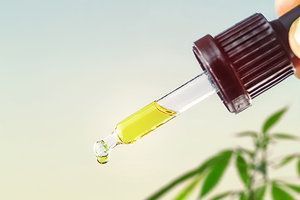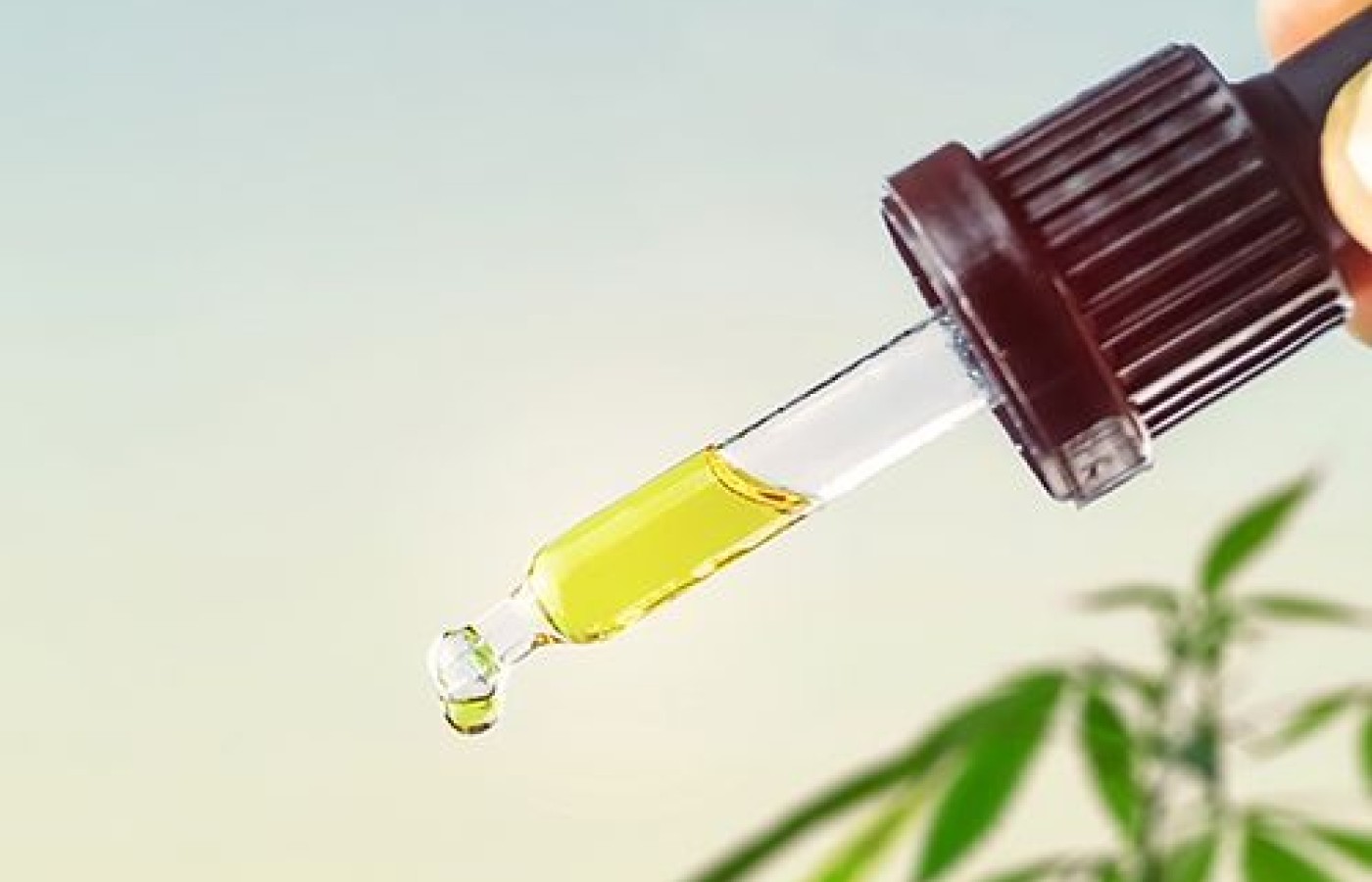Whether you accept it, avoid it or live somewhere in between, insurance coverage has become a defining issue for our profession. Patients increasingly expect to use their benefits, practitioners want to be compensated fairly for their time and expertise, and the system itself remains – at best – fragmented. The encouraging news is that coverage has expanded in meaningful ways. The challenging news is that reimbursement, across the board, remains inadequate.
Is CBG the New CBD?
By now, most people are familiar with CBD (cannabidiol), and many acupuncturists and other health practitioners have incorporated CBD into their practices within the past few years. Since the signing of the 2018 Farm Bill legalizing hemp products in all 50 states, we have seen an explosion in popularity of this hemp-derived cannabinoid – and for good reason.
CBD has been shown to have numerous health benefits, including acting as an anti-inflammatory, reducing pain, helping with anxiety and depression, and treating insomnia, among many other benefits. What most people don't know is that CBD is just one of many cannabinoid compounds found in the hemp plant.
The Mother of All Cannabinoids
Recently, another cannabinoid, CBG (cannabigerol), has been gaining more attention. There have been few studies on CBG, but recent research on this cannabinoid has been very promising. CBG is often considered to be the "stem cell" or "mother" of all cannabinoids since it is the precursor to the other three major cannabinoids: THC, CBD and CBC. CBG is non-psychoactive and also interacts with the CB1 and CB2 receptors in the body.

There is a very small amount of CBG in the hemp plant, typically less than 1 percent, which is why it is so expensive and may not be as popular as CBD. This is changing, however, with many hemp plant breeders and manufacturers producing strains of hemp that are higher in CBG; as well as harvesting the hemp plant earlier since younger plants contain higher concentrations of cannabigerol.
Potential Benefits of CBG
So, what exactly are the benefits of CBG and how does it differentiate from the other cannabinoids? Although many of the benefits of CBD and CBG tend to overlap, particularly when it comes to their pain-reducing and anti-inflammatory properties, recent studies have shown CBG to have many other benefits that warrant further research into its use in treating a wide variety of conditions. These conditions may include autoimmune disorders, colitis, cancer, chronic illnesses and neurodegeneration. CBG has been found to (potentially) have the following benefits:
May help with colitis and inflammatory bowel disease. A study conducted on mice in 2013 suggests CBG significantly reduces inflammation associated with inflammatory bowel disease, thereby reducing the effects of colitis.1 CB2 receptors are found in abundance in the gastrointestinal tract and CBG primarily binds with CB2 receptors.
May slow progression of colon cancer. A 2014 study found CBG selectively blocks the growth of colorectal cancer cells, slowing the progression of colon cancer.2
Inhibits GABA reuptake. CBG appears to inhibit the brain's uptake of GABA (gamma-aminobutyric acid), which can potentially decrease anxiety, lead to muscle relaxation and tension relief, and induce a sense of calm in the brain and body.3 For this reason, CBG has the potential to be a potent treatment for anxiety, chronic pain and insomnia.
Has antibacterial properties, particularly against MRSA. All cannabinoids have some antibacterial properties;4 however, CBG in particular appears to have very strong antibacterial properties against methicillin-resistant Staphylococcus aureus) and can be a good treatment option against this difficult-to-treat bacterial infection.
Cannabinoids in general can inhibit the ability of this bacterium to form biofilms and eradicate preformed biofilms; however, CBG in particular appears to act through targeting MRSA's cytoplasmic membrane.4
Relieves intraocular pressure and may treat glaucoma. A few studies have found that CBG has vasodilating effects and may have therapeutic potential to treat glaucoma by lowering ocular tension without producing any toxicity or side effects.5
Can help with bladder dysfunctions. A 2015 study concluded that CBG shows promise in treating bladder dysfunctions by reducing contractions in the human bladder.6
May help with neurodegenerative diseases and Huntington's disease. CBG has neuroprotective properties and has been shown in a 2015 study to normalize the expression of abnormal genes linked to brain degeneration.7
Potential treatment for skin disorders. Used topically, CBG has strong anti-inflammatory properties and has an ability to inhibit keratinocyte proliferation, making it a potential treatment for skin disorders such as psoriasis and eczema.8 Due to these anti-inflammatory properties, along with its interaction with CB1 and CB2 receptors, CBG can also be used topically for pain relief, especially when combined with CBD.
Take-Home Points
While more research and studies need to be conducted on CBG and other cannabinoids, CBG is becoming more popular and is proving to be a valuable cannabinoid with many health benefits. Products containing CBG can now be more readily found than just a fews years ago.
Most full-spectrum and broad-spectrum CBD products contain small amounts of CBG; however, the amount of cannabigerol may be too little to exert any of its health benefits. Combining both cannabinoids in therapeutic concentrations seems to be more effective and offers a more potent entourage effect. For more complex and harder-to-treat conditions such as chronic pain, IBS / inflammatory bowel disease or severe anxiety, using a combination of CBD and CBG can be more effective than using CBD alone to relieve symptoms.
References
- Borrelli F, et al. Beneficial effect of the non-psychotropic plant cannabinoid cannabigerol on experimental inflammatory bowel disease. Biochem Pharmacol, 2013 May 1;85(9):1306-16.
- Borrelli F, et al. Colon carcinogenesis is inhibited by the TRPM8 antagonist cannabigerol, a Cannabis derived non-psychotropic cannabinoid. Carcinogenesis, 2014 Dec;35(12):2787-97.
- Banerjee SP, et al. Cannabinoids: influence on neurotransmitter uptake in rat brain synaptosomes. J Pharmacol Exp Ther, 1975 Jul;194(1):74-81.
- Farha MA, et al. Uncovering the hidden antibiotic potential of cannabis. ACS Infect, 2020 Mar 13;6(3):33 338-346.
- Colasanti BK, et al. Intraocular pressure, ocular toxicity, and neurotoxicity after administration of cannabinol or cannabigerol. Exp Eye Res, 1984 Sep;39(3):251-9.
- Pagano E, et al. Effect of non-pyschotropic plant-derived Cannabinoids on bladder contractility: focus on Cannabigerol. Nat Prod Commun, 2015 Jun;10(6):1009-12.
- Valdeolivas S, et al. Neuroprotective properties of cannabigerol in Huntington's disease. Neurotherapeutics, 2015 Jan;12(1):185-99.
- Wilkinson JD, et al. Cannabinoids inhibit human keratinocyte proliferation through a non-CB1/CB2 mechanism and have a potential therapeutic value in the treatment of psoriasis. J Dermatol Sci, 2007 Feb;45(2):87-92.



